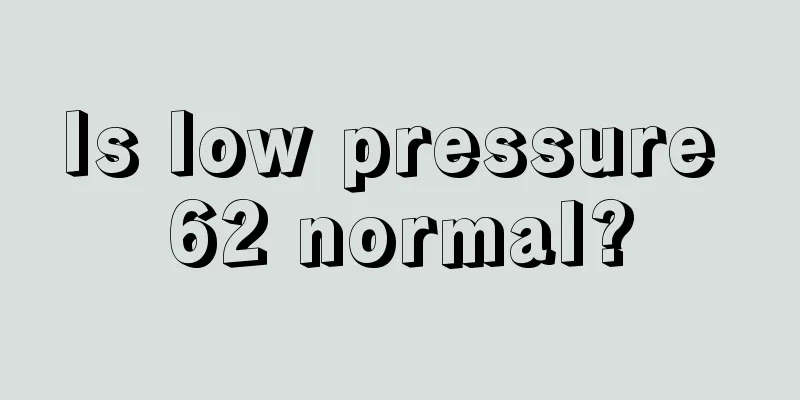Does anal protrusion mean hemorrhoids? It turns out these are the pathogenic factors

|
Many people often feel symptoms of anal prolapse. In this case, it can be judged as anal bulging, which is also called anal prolapse. It is a disease of internal or external hemorrhoids. In addition, rectal problems are not ruled out. Patients with anal protrusion should find the right treatment method to regulate and recover, so as to achieve the effect of treatment. However, it is also necessary to pay attention to understand the factors that cause anal protrusion before carrying out corresponding treatment. What is anal prolapse? What causes anal prolapse? Anal prolapse is usually caused by age or disease, which leads to relaxation of the anal sphincter, or prolapse of the rectum or some tissues around the anus. The intestines falling out of the anus cause great pain to many people. Long-term prolapse will lead to anal incontinence, ulcers, perianal infection, rectal bleeding, and the risk of edema, stenosis and necrosis of the prolapsed intestinal segment. These factors can cause anal prolapse 1. Internal hemorrhoids: When internal hemorrhoids protrude outside the anus during defecation, if the hemorrhoids retract on their own after defecation, they are stage II internal hemorrhoids; if the hemorrhoids cannot retract after defecation and need to be repositioned by manipulation, they are stage III internal hemorrhoids. Hemorrhoids are purple or bright red, shaped like strawberries, and the mucosa is thin and prone to bleeding. 2. Rectal polyps: Polyps at the lower end of the rectum can prolapse out of the anus during defecation and can retract on their own. The surface of the polyps is mucosa, which becomes strawberry-shaped when inflamed. Prolapsed polyps have stalks and are often prone to bleeding. 3. Rectal prolapse, whether it is rectal mucosal prolapse or full-thickness rectal prolapse, may prolapse during defecation and contract back after defecation. Some need to be supported by hand. The mucus often flows out and stains the underwear, accompanied by perianal itching. 4. Anal papillae hypertrophy. Except for small triangular and rice-grain-shaped enlarged anal papillae, larger anal papillae may fall out of the anus during defecation. Some can return to their original position on their own, while others need to be returned to their original position by hand. Clinically, there is only anal discomfort and no tenderness. 5. External hemorrhoids are often caused by dry and hard stools. After straining during defecation, a swelling will appear on the anal margin, causing obvious pain. The swelling is locally round and painful, and manifests as discomfort in the anus after defecation, difficulty in cleaning, or itching. |
<<: What are the dangers of anal shedding
>>: Is anal thrombosed external hemorrhoids a common disease?
Recommend
Is surgery for colorectal cancer risky?
The risks of colorectal cancer surgery are relati...
What are the causes of jaw joint disorder syndrome
For young and middle-aged people who are in their...
How to have high quality sleep
We all know that sleep quality is helpful to our ...
What are the 7 differential diagnosis methods for liver cancer?
1. Secondary liver cancer (liver malignancy): Com...
Patients with laryngeal tumors must pay attention to dietary issues
The dietary problem after laryngeal tumor surgery...
What causes gastric cancer? Pay attention to these three points
Gastric cancer is a cancer disease that occurs in...
What should I do if my lumbar spine is curved?
The spine extends from the coccyx to the neck whe...
What to do if you have loose stools in the middle and late stages of ovarian cancer? What are the symptoms of middle and late stages of ovarian cancer?
The number of ovarian cancer patients in the worl...
How to remove the thick urine in the toilet
Long-term urination and defecation will cause the...
What are the dangers of hair follicle transplant surgery
Many women have suffered from severe hair loss pr...
Introduction to the site of colorectal cancer
The incidence and mortality of colorectal cancer ...
The impact of smoking and staying up late on sperm
Both husband and wife need to adjust their bodies...
You should know the "three rejections" for autumn health care
The weather is cool in autumn, and people's d...
Can uterine cancer be contagious to humans?
Uterine cancer is a common cancer in the gynecolo...
Can I drink coffee during my menstrual period?
Women must pay attention to a reasonable and heal...









